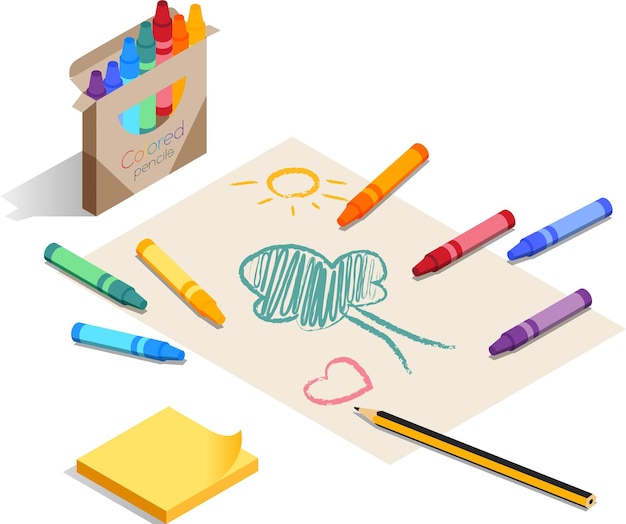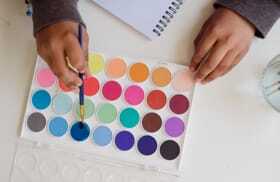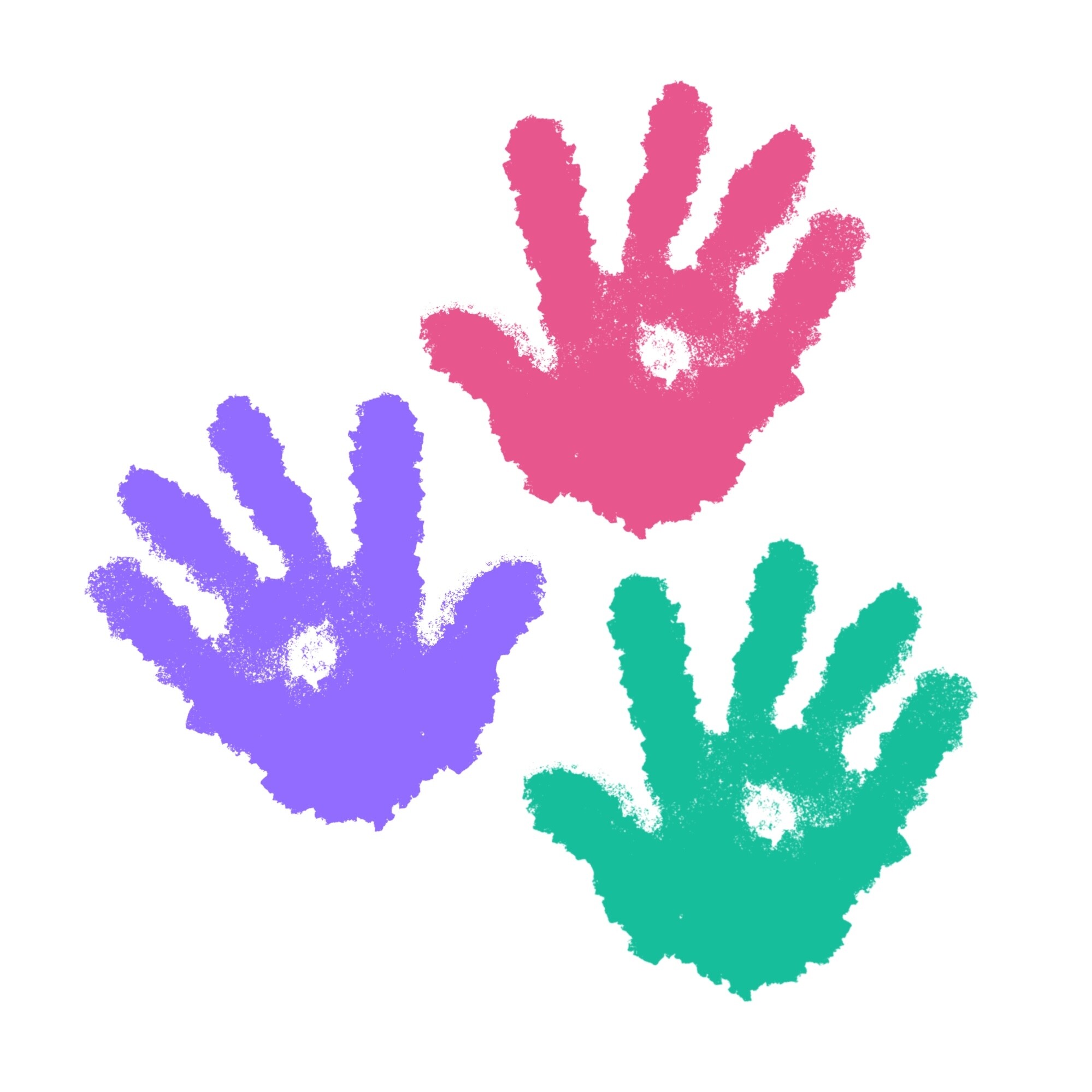artS & crafts
Colouring Pages

Benefits
of
colouring
pages
Improve Focus and Hand-Eye Coordination
Patience, Relaxation, and Self-Esteem
Focus, Boundaries, Structure and Spatial Awareness
Colour Awareness and Recognition
Improve Motor Skills
Stimulates Creativity
Self-Expression
Language Development and Learning to Plan
Improve Handwriting
Improve Focus and Hand-Eye Coordination
The act of holding crayons, choosing colors, coloring different characters, and even sharpening crayons can all help with cultivating strong hand-eye coordination in preschool-aged children.
Coloring books require children to color within a specified area which will help them as they develop their hand-eye coordination.
Patience, Relaxation, and Self-Esteem
Colouring can help children learn the skill of patience.
Through colouring, children can benefit from processing their feelings, frustrations and emotions.
Completing a colouring sheet gives children a sense of accomplishment, which builds their self-esteem.
Colouring regularly and completing projects can boost children’s sense of accomplishment and pride in themselves.
Focus, Boundaries, Structure and Spatial Awareness
It has been proven that children who spend their time colouring have better concentration and focus skills.
The exposure to boundaries will be a great help while learning to write as adhering to boundaries is an important part of development.
Colour Awareness and Recognition
Children receive their first exposure to the colour wheel by crayons, coloured pencils, and markers.
Using different colours gives children a chance to explore the different colour combinations.
It also teaches them about lesser-known colours.
Learning the names and hues of colours is a foundational skill for children.
Colouring fosters practice and awareness of primary colours.
Children learn secondary colours as they mix primary colours.
Improve Motor Skills
Fine motor skills help children to write and manipulate small objects.
The actions, motions, and precise grip involved in colouring can aid in the development of the muscles of the fingers, hands and wrist.
Fine motor skill development can help children write more skillfully as well as manipulate small objects.
They can then build on these skills to become better typists and more adept in sports and other activities.
Stimulates Creativity
Colouring gives children an opportunity to express their creative side.
It allows them to think about different colour combinations they can use to create their own unique picture.
Do not get upset if children are not colouring properly or if they choose to colour outside the lines.
Teach children how to fill a space and colour in different directions.
Whether they stay in the lines or not, colouring fosters a creative spirit and an appreciation for visual differences.
Colouring can spark the imagination and inspire children to brainstorm and learn to think of new ideas on their own naturally.
Self-Expression
Some children like to express themselves through words, while some prefer to use art.
If a child draws the sun, hearts and other cheerful objects, then he may be expressing content and satisfaction.
Every person expresses themselves differently, and many children are visual in nature.
Colouring is a proven therapeutic task for some children, especially if they do it frequently.
They vent their feelings, frustrations, and other emotions though this art form.
Language Development and Learning to Plan
Colouring and discussing their creation gives children an opportunity to learn new words and sentences.
Children use descriptive words to talk about their feelings when they see different styles of colouring sheets.
Once they learn how to decide on which colours to use, they can then plan their colouring activities in a more coordinated manner.
They will learn to pick the colours to use in their pictures and they will know the correct order in which to apply colours within a picture.
Improve Handwriting
Children need both hand strength and dexterity to manipulate a pencil on a paper with the proper pencil grasp.
Activities such as colouring will help teach them to hold the writing tool in the correct manner.
The attention to detail children gain through this activity will aid them in writing both printed letters and cursive script.
Starting out with colouring pages at an early age can help to develop these strengths so that writing comes more easily and naturally.
